Bill Dunford • Jun 23, 2014
Of Rings and Resolution
"Come with us now as we set out on this voyage of exploration. We have over three billion kilometers to go! It will take more than six years to reach Saturn. We will get there on July 1, 2004. By the end of the Cassini-Huygens mission, four years later, we will have completed the most complicated scientific experiment ever performed."
This is a passage from the introduction to a booklet titled Passage to a Ringed World, which NASA published in 1997, the year that the Cassini-Huygens mission embarked on its long journey to the Saturn system. It was edited by Linda J. Spilker, the mission's project scientist (then the deputy project scientist).

The book laid out the expedition's plans in some detail. It reviewed what was known about Saturn and its mini-solar system of icy moons, and what remained mysterious. It showed how the mission's robotic spacecraft, the Cassini orbiter and the detachable Huygens probe, would speed past three planets before they finally reached their destination. Once there, the book explained in a series of charts and graphs, the mission would carry out an unprecedented exploration, with 12 scientific instruments mounted on Cassini and six more carried in the Huygens probe, which would seperate from the mothership orbiter, and brave a thick veil of clouds to land on the planet-like moon Titan.
It's been almost 10 years since Cassini entered orbit on July 1, 2004. The mission, it's safe to say, succeeded.
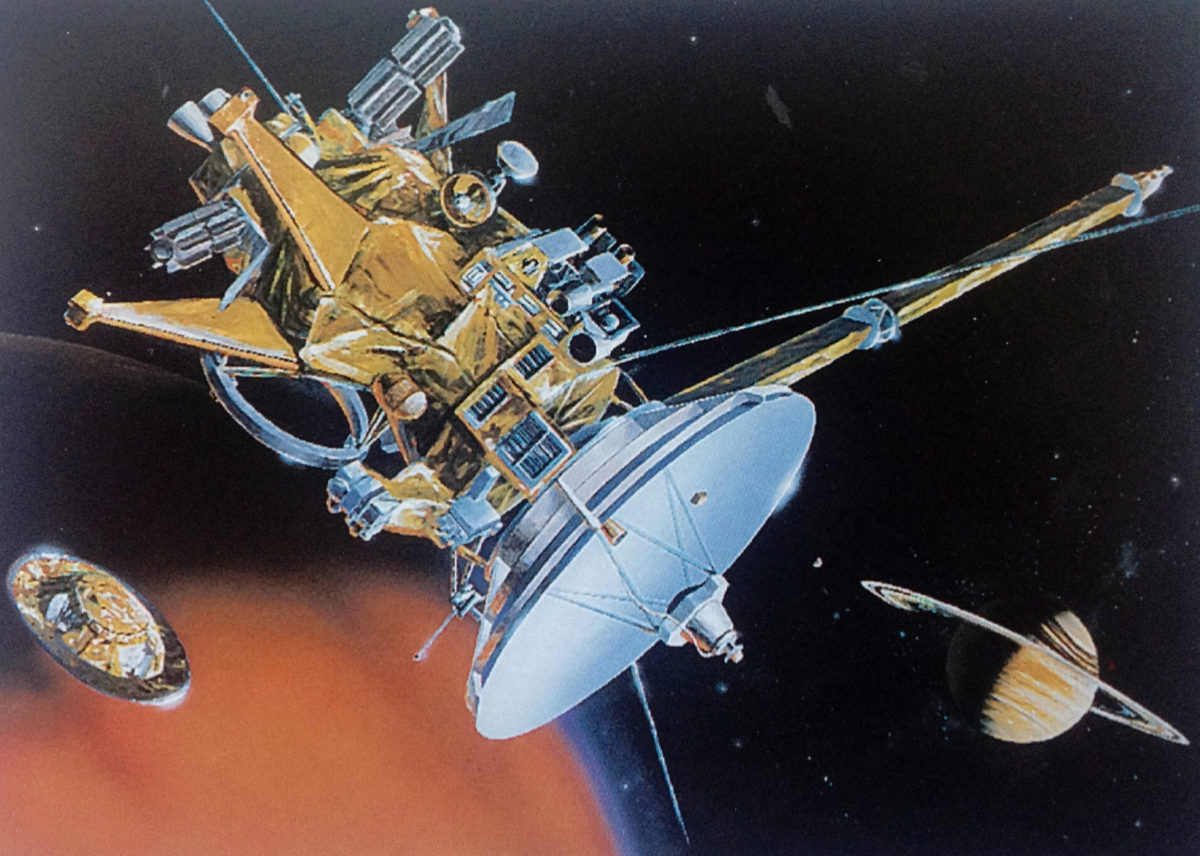
It's a delight to peruse Passage to a Ringed World, with its looping orbit charts that look like flowers opening and closing over time. It's fun to study the detailed diagrams of science instruments, some still untested in deep space, and what their creators hoped they might see. This pleasure comes not only in light of Cassini's success, but also because the book is a time capsule containing the carefully laid plans of hundreds of scientists and engineers from 17 nations over the course of more than three decades. It's a reminder of how complex and ambitious this undertaking is, how hopeful.
But the best part are the pictures! The book is full of artists' renditions of the then-mysterious phenomena at Saturn, and of the best available photography, most of which came from the Voyager missions and the Hubble Space Telescope. Here is a small sampling, showing photos from the book followed by Cassini images.
First, a look at Saturn's F ring and shepherd moons, provided by Voyager.

Cassini captured just a bit more detail.

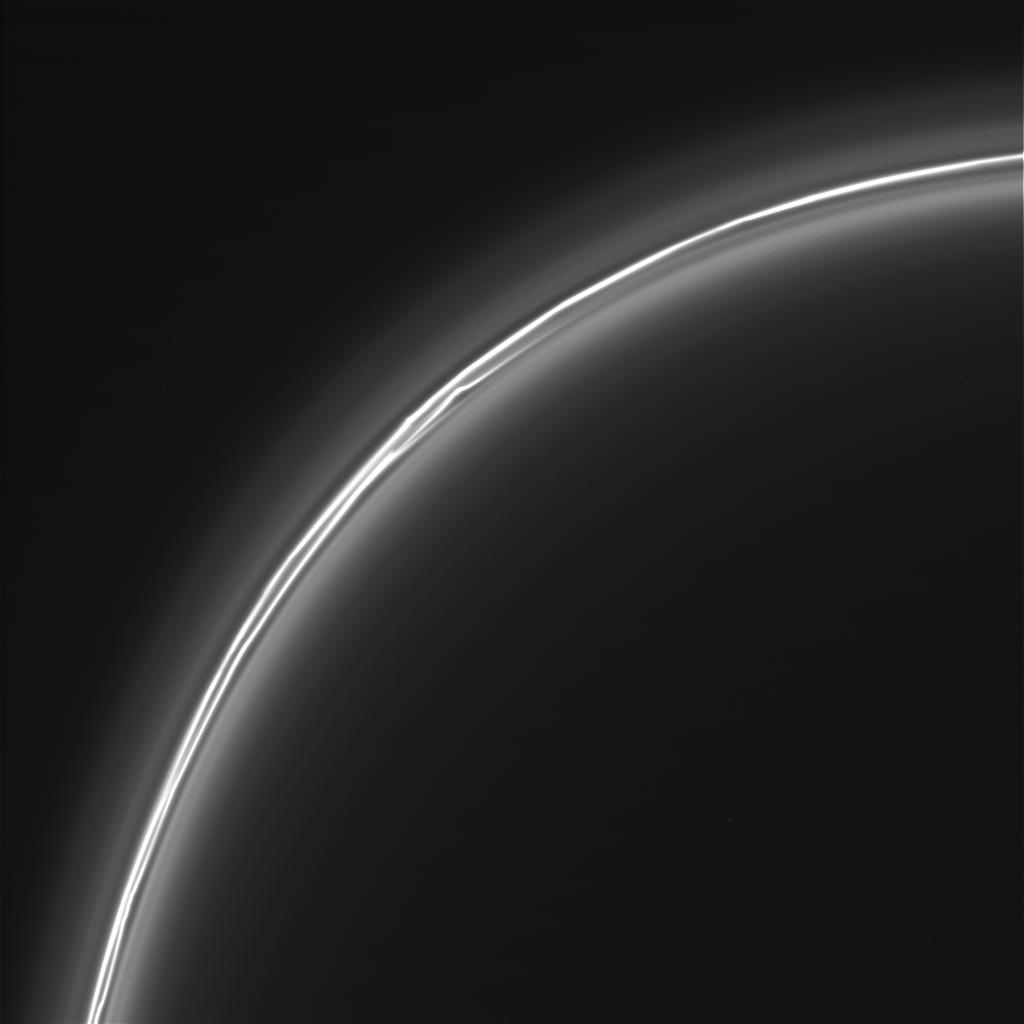
The Voyager mission observed (or discovered) several small moons, which Cassini then examined more closely.

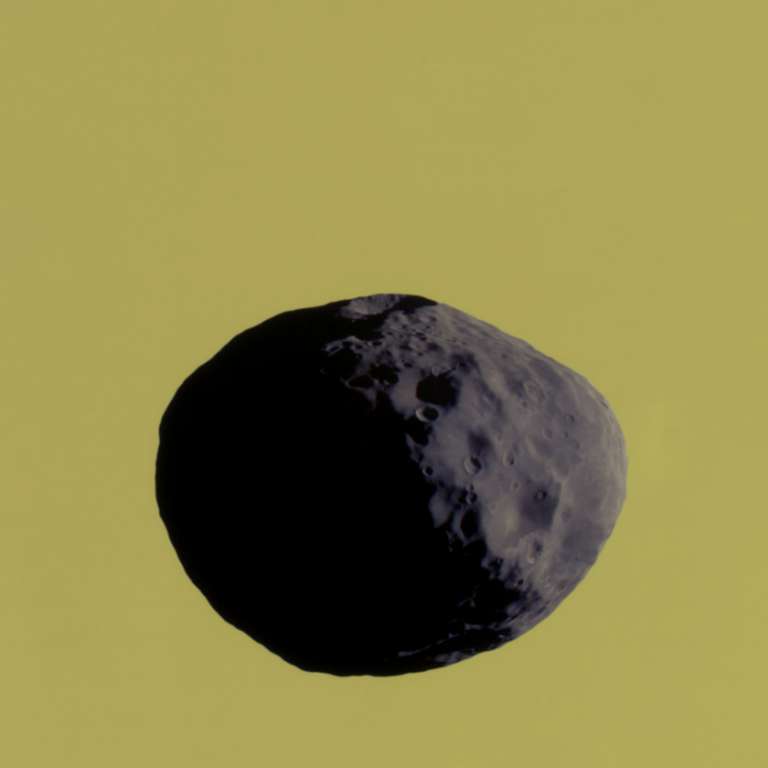
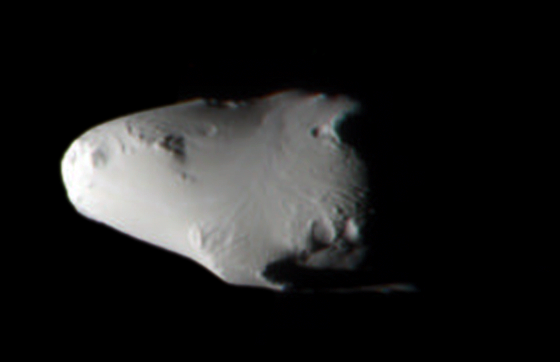
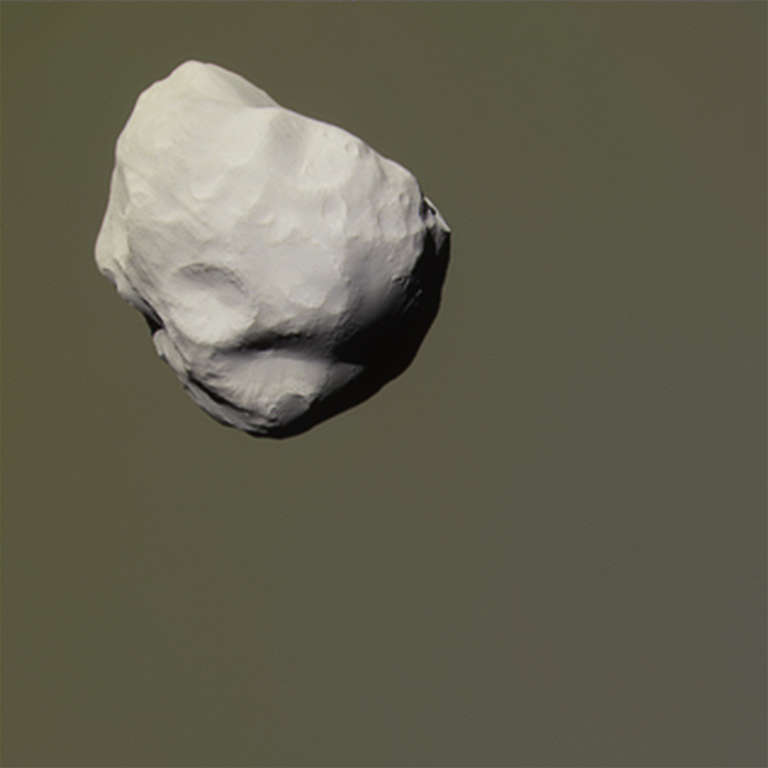
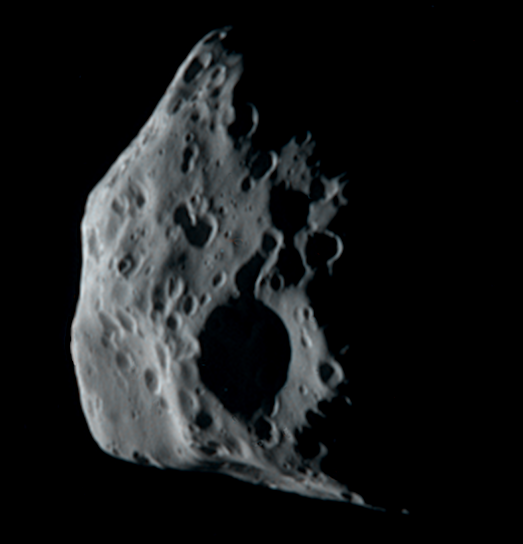

Before Cassini, the two-toned moon, Iapetus, was an intriguing mystery.

OK, it still is. But Cassini has achieved some beautiful observations that are helping scientists get to the bottom of it.
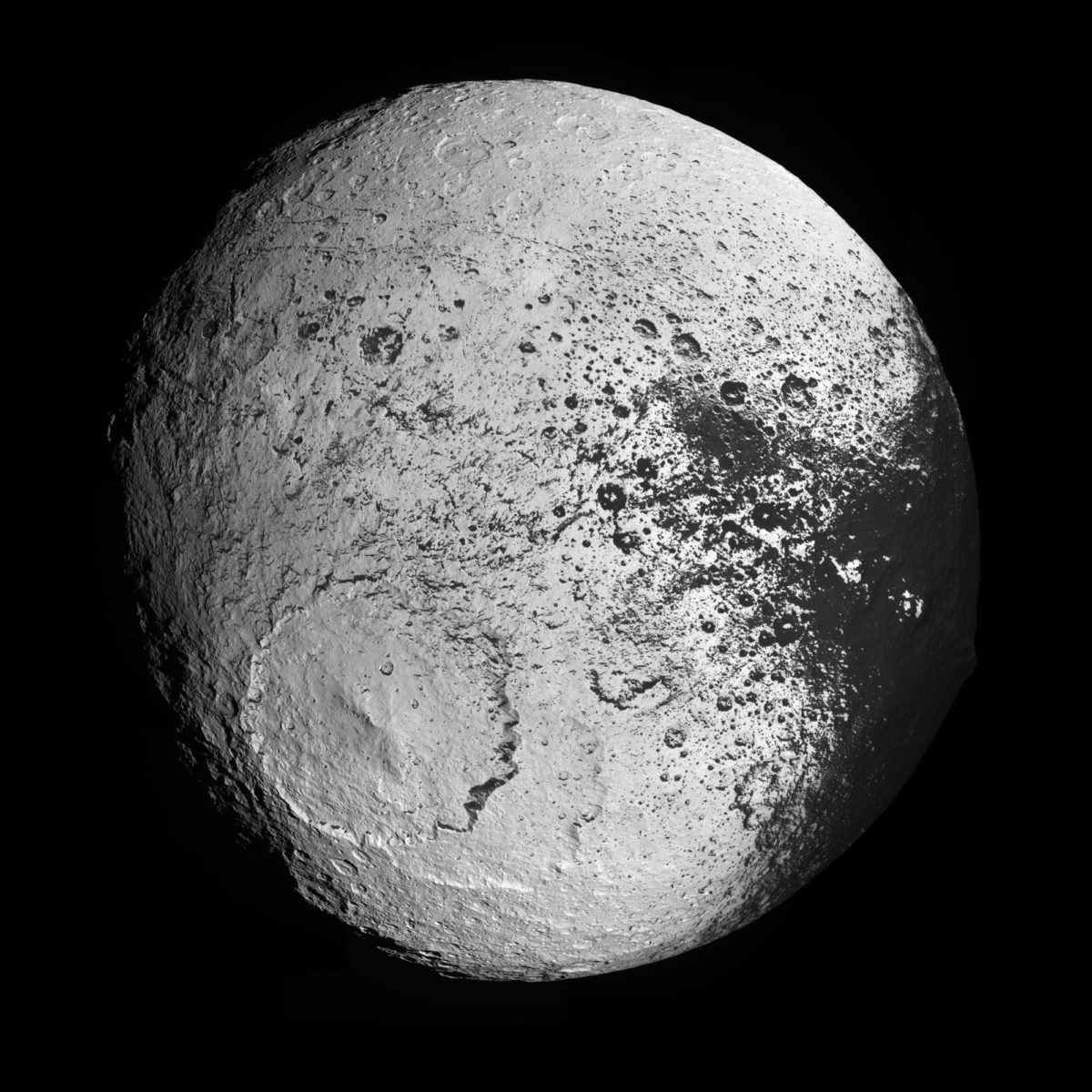
Here are two of the smaller moons, composed largely of water ice, Enceladus and Mimas.

Despite the hopes of Star Wars fans, Mimas turns out be just a moon after all.
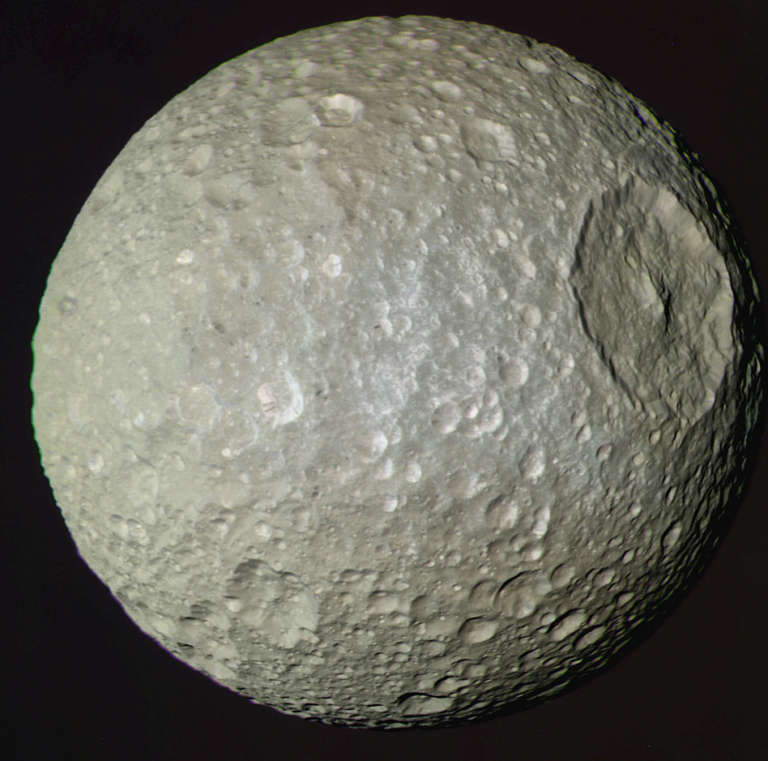
But of all Cassini's revelations, what could be more dramatic than the active geysers of Enceladus? If there is one image I wish I could go back in time to show the authors of Passage to a Ringed World (just to show them their late nights would pay off) this would be it.
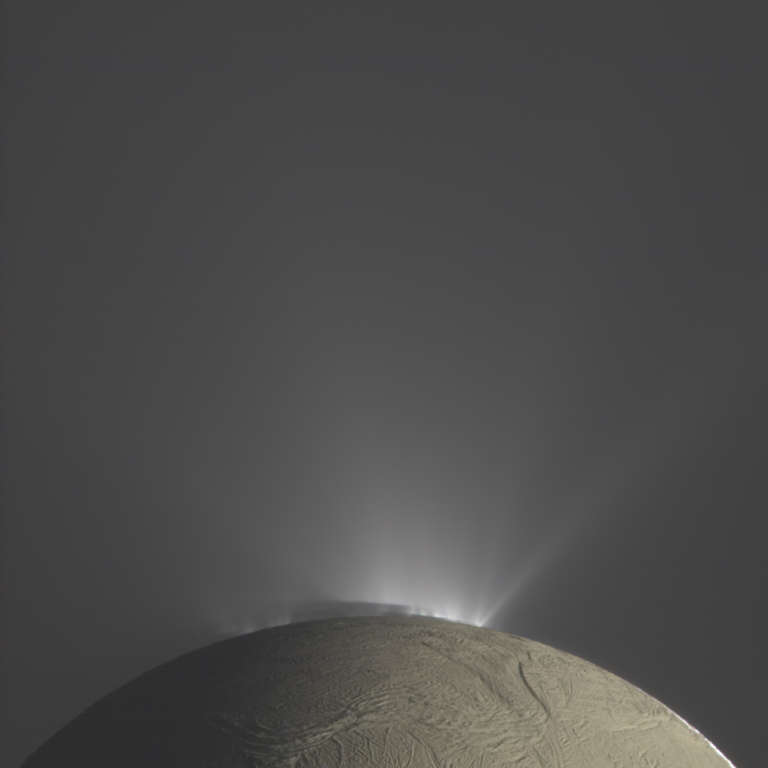
It's important to remember something else. Not only did Cassini's cameras give us higher-resolution pictures, but all the other instruments, RADAR, radio, etc. resolved long-standing questions as well.
"Exploration is instinctive in us," the book reminds us. "The Cassini-Huygens mission is another way for us to extend our senses physically to new places and over a broader range of phenomena. Beautiful Saturn, with its rings, its moons and its many other wonders, beckons us to explore and uncover its secrets, to partake in the thrill of discovery. Cassini-Huygens is the vehicle."
We have just a few years left to ride along with that vehicle. After that, there are no more missions to Saturn even planned. It's a good time to savor Saturn as it comes into sharper resolution.

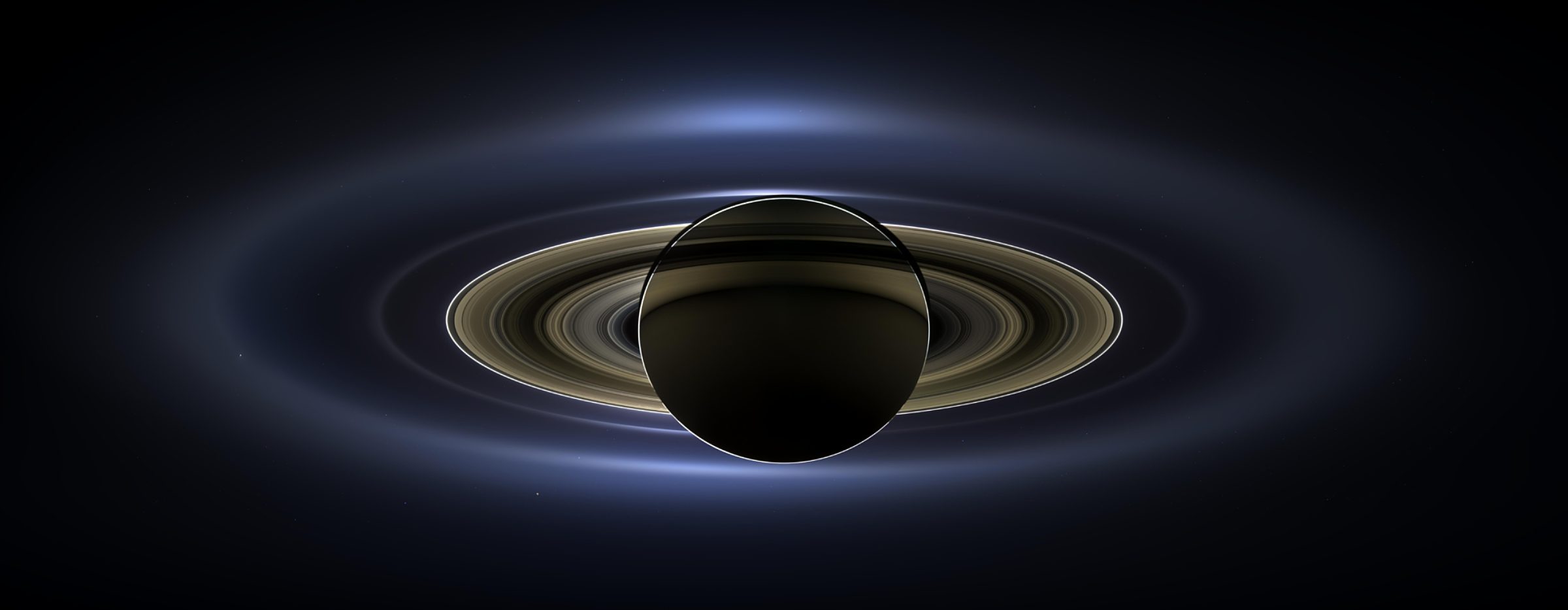
Support our core enterprises
Your support powers our mission to explore worlds, find life, and defend Earth. You make all the difference when you make a gift. Give today!
Donate

 Explore Worlds
Explore Worlds Find Life
Find Life Defend Earth
Defend Earth

